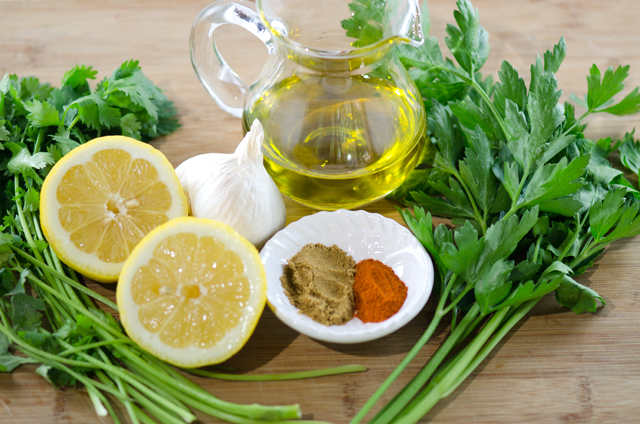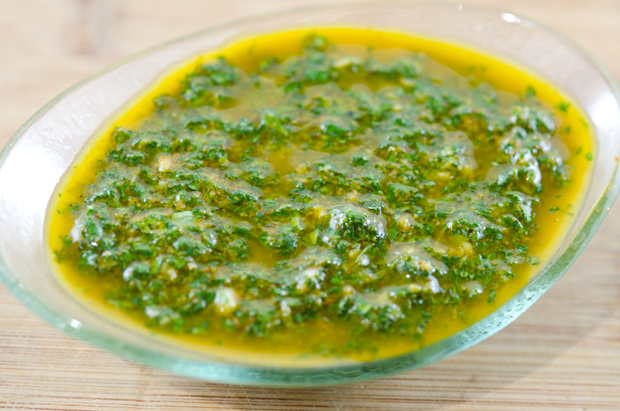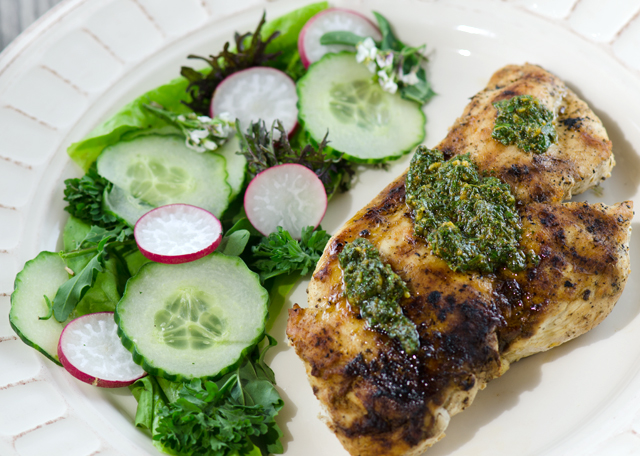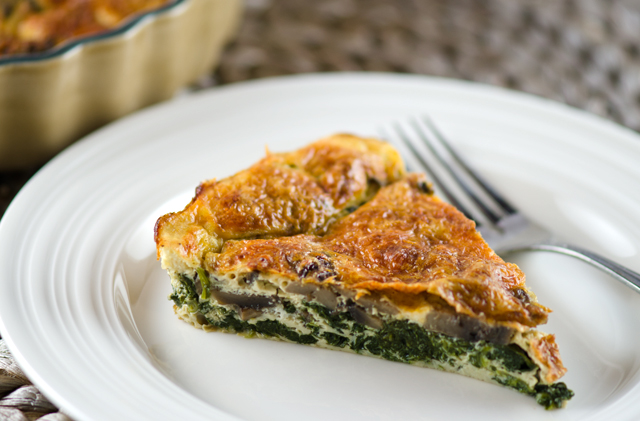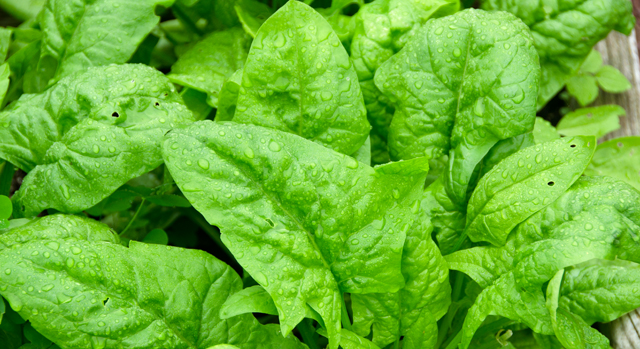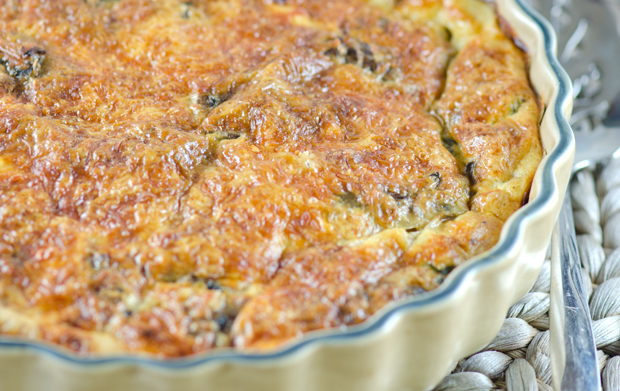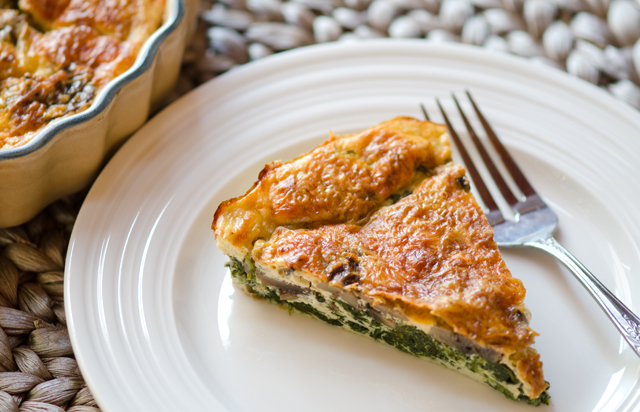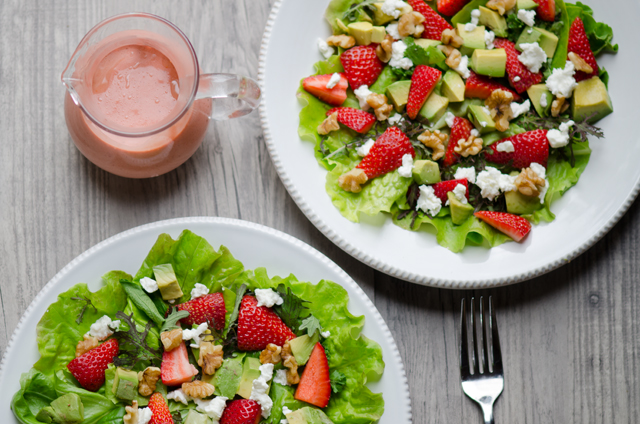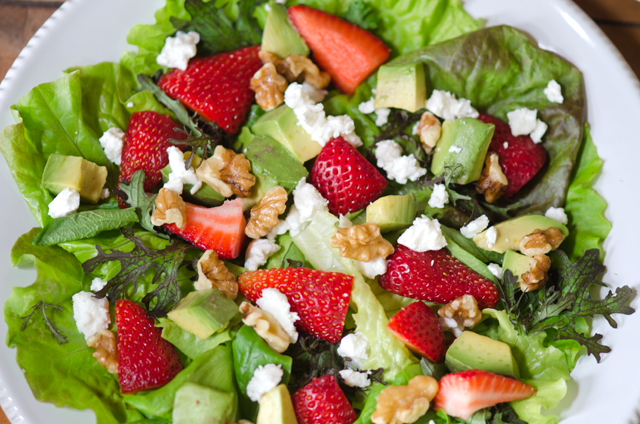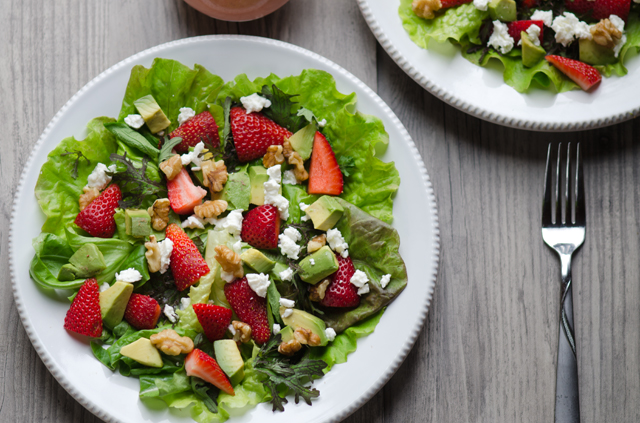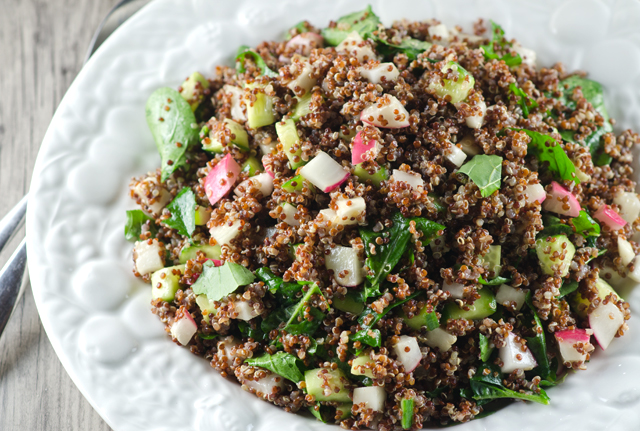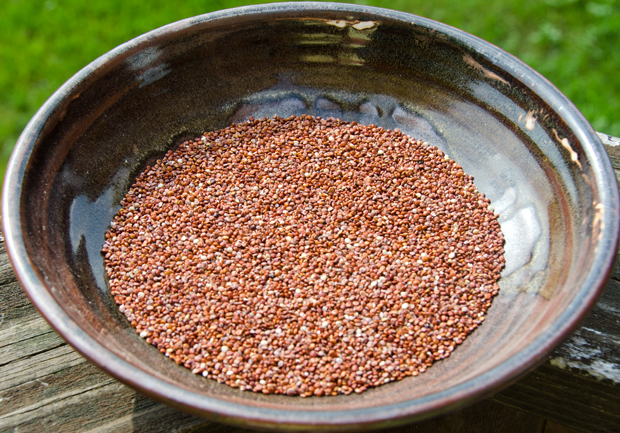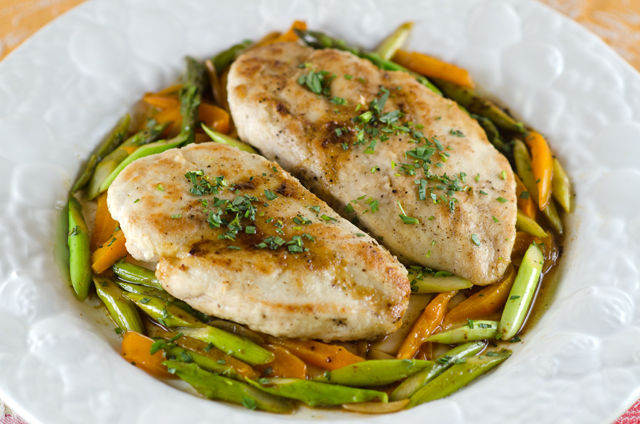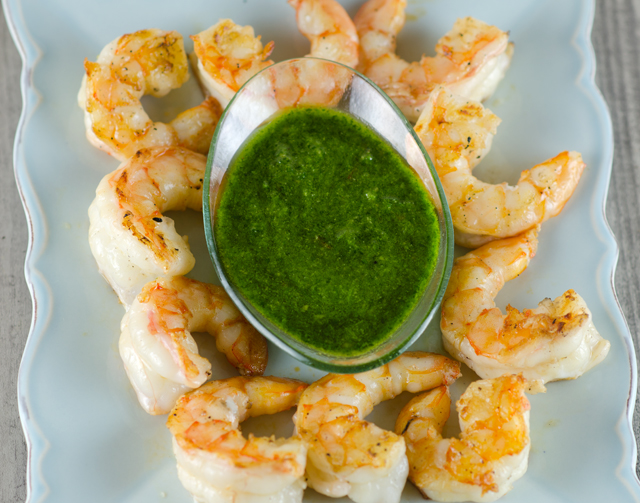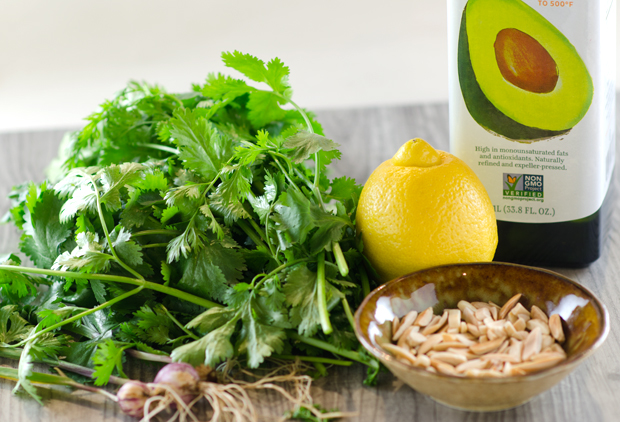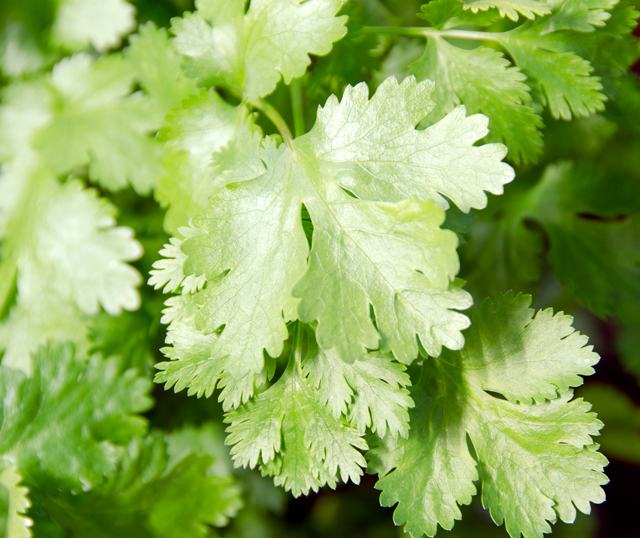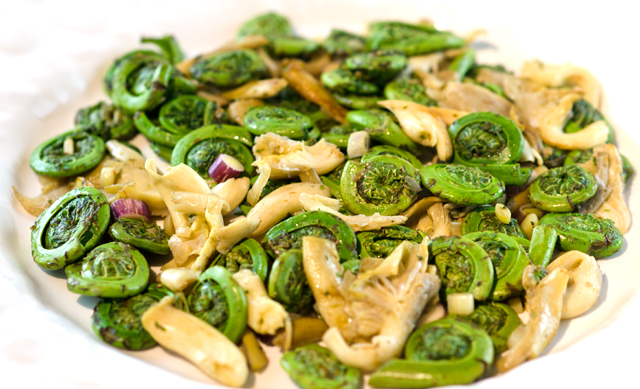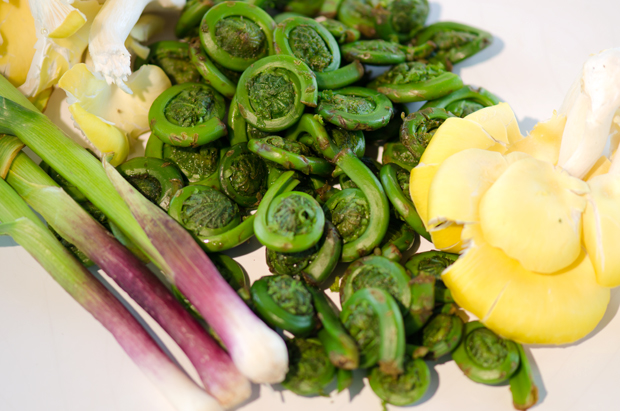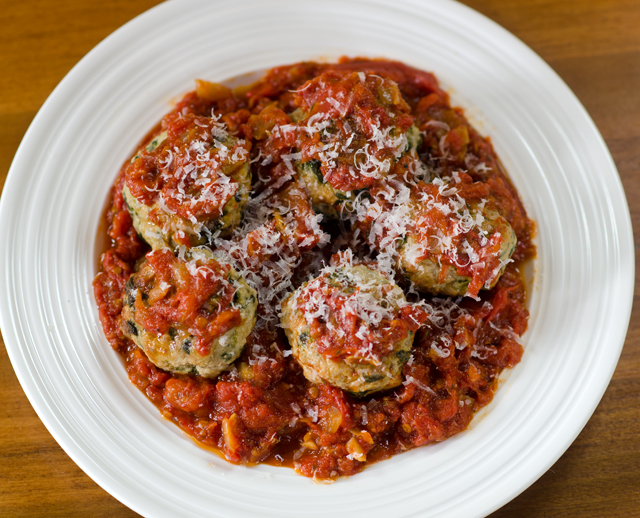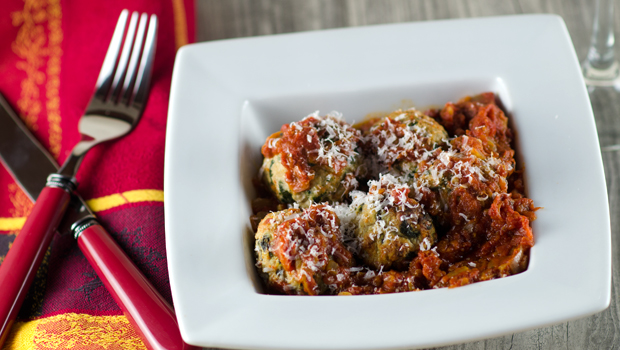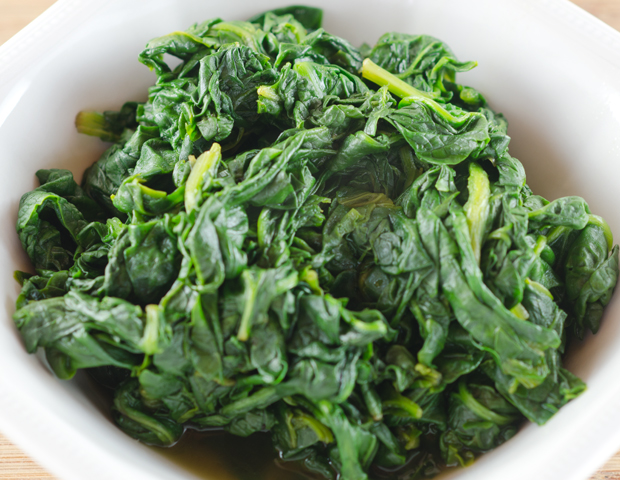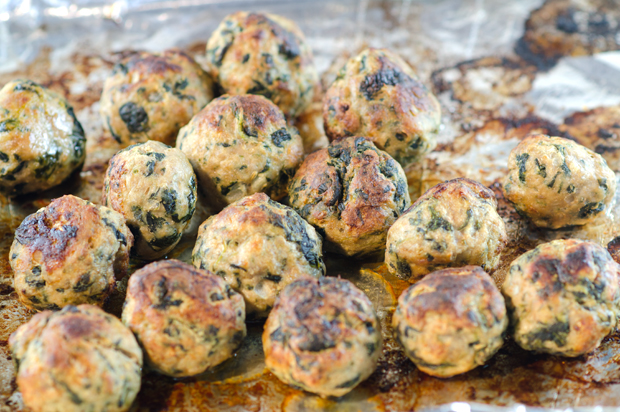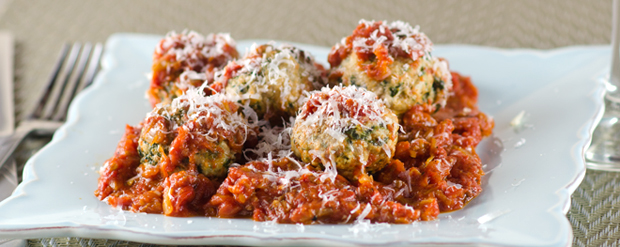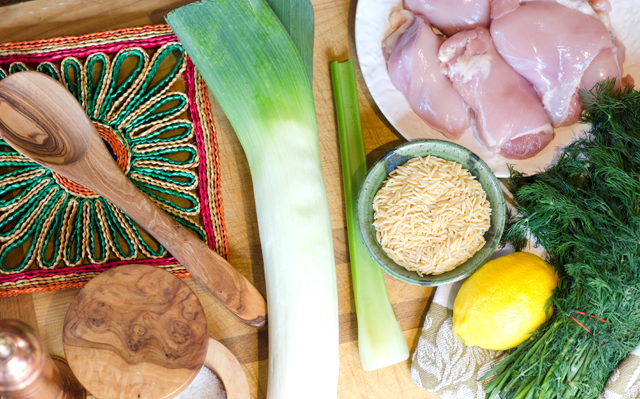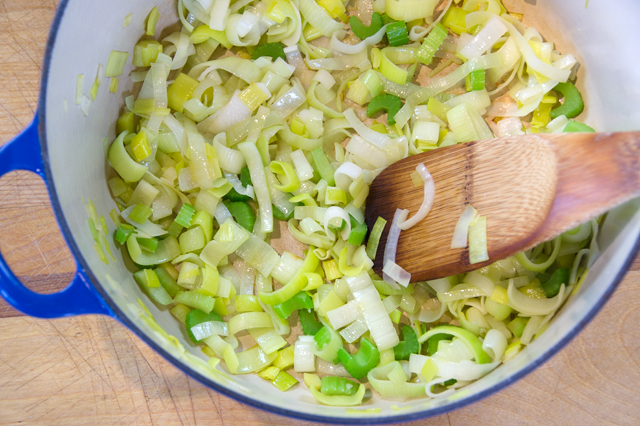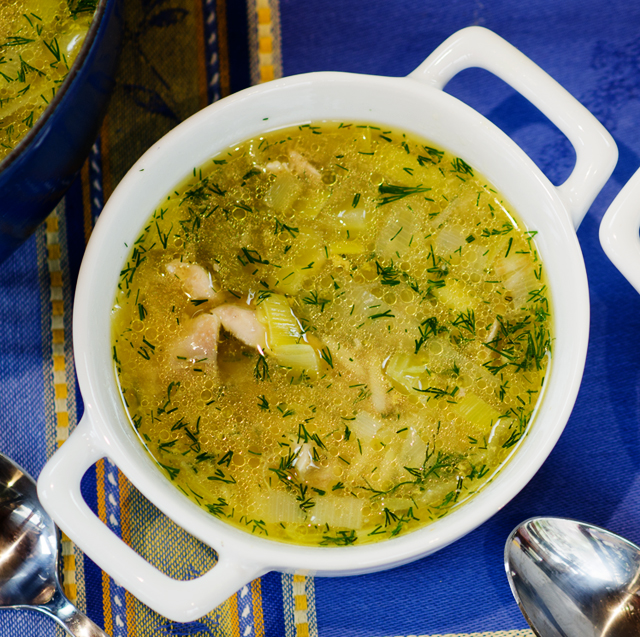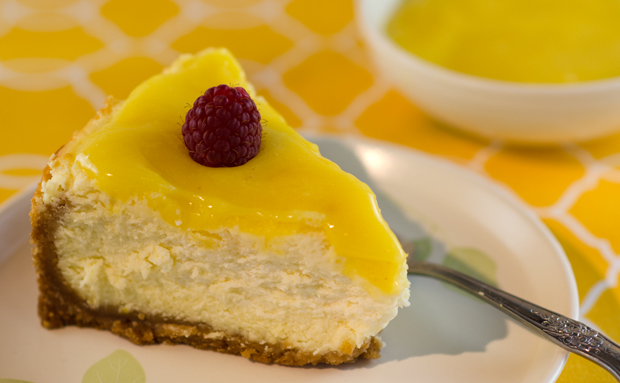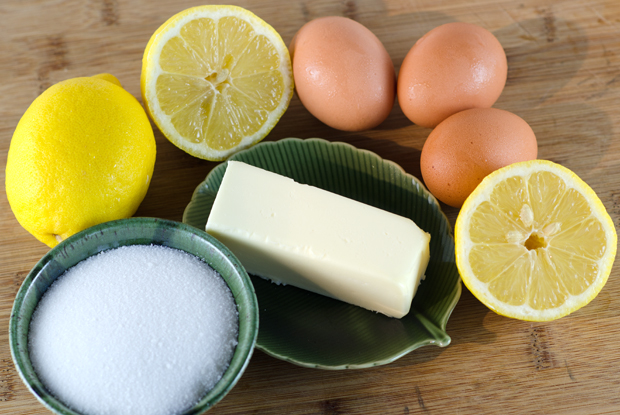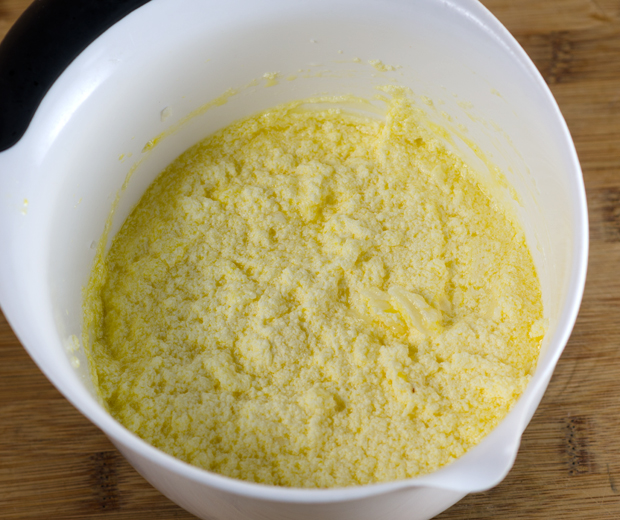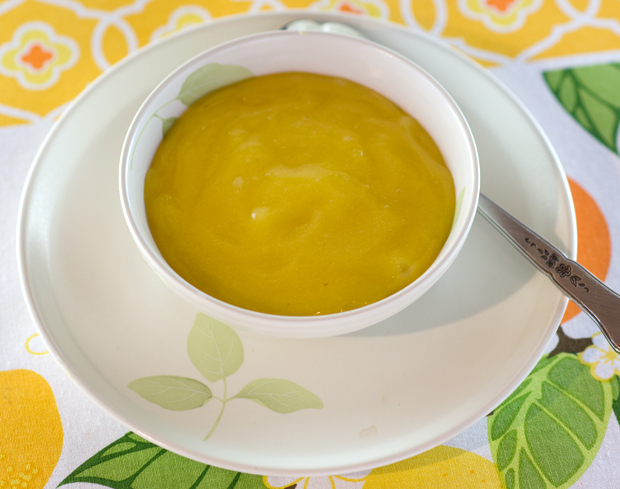As a lover of all things related to food and cooking, I am especially pleased when I discover something new, at least new to me. In the tradition of herb and olive oil based sauces like pesto and chimichurri, chermoula is a sauce that originates from Morocco and other North African countries. It is a tangy blend of fresh herbs and spices, lemon and olive oil.
It is traditionally used to season fish but pairs equally as well with chicken or grilled vegetables. It can be both a dry spice mixture or more commonly, an herb sauce. I used it both ways in this recipe. First, as the rub for the chicken and then as the sauce to serve with the chicken. If you like, preserved lemon peel or a pinch of saffron would be a welcome addition to the mix. If you don’t like cilantro, either change the proportions of cilantro and parsley or eliminate it altogther. Traditionally, like pesto, this was made in a mortar and pestle but a mini food processor makes quick work of the recipe. I cooked these indoors on a grill pan, if I were cooking on an outdoor grill I would prefer whole chicken pieces. Friendly to many diets, chermoula is a sauce worth discovering.
Grilled Chicken Breasts with Chermoula Sauce
Serves four
-
4 pieces boneless, skinless chicken breast
-
4 T fresh-squeezed lemon juice
-
4T olive oil
- 1t ground cumin
- 1t ground coriander
- 1t garlic powder
- 1t sweet paprika
Ingredients for the Chermoula Sauce
- 2 large garlic cloves, coarsely chopped
- 1/2 c coarsely chopped cilantro
- 1/4 c coarsely chopped parsley (flat is my preference, but curly works too)
- 1 T + 2 t freshly squeezed lemon juice
- 1/2 t sweet paprika
- 1/2 t ground cumin
- 1/4t cayenne pepper (optional)
- 1/8t saffron threads (optional)
- 4 -5 T olive oil
- Kosher salt and pepper to taste
Directions
- Trim all fat and sinew from chicken breasts. Place chicken breast between two pieces of plastic wrap and with the flat edge of a mallet, pound to an even thickness, season generously with kosher salt. Whisk together lemon juice, olive oil and spices to make the marinade. Put chicken pieces inside a Ziploc bag or plastic container with a snap-tight lid, pour marinade over and let chicken marinate in the refrigerator 4-6 hours, turning bag occasionally.
- To make the chermoula sauce, put chopped garlic, chopped cilantro, chopped parsley, lemon juice, sweet paprika, and ground cumin, cayenne and saffron (if using) in food processor and pulse to combine. Add the 4 T olive oil and pulse just enough to get it mixed in, then taste to see if you want the other tablespoon of oil and add it if you want a milder sauce. (Don’t over-process; the mixture is not supposed to be smooth.) Add salt and pepper to taste.
- To cook the chicken in a grill pan, spray grill pan with nonstick grill spray or brush with oil and preheat grill pan to high (you can only hold your hand there for a few seconds at that heat.) Let chicken come to room temperature while the pan heats.
- To get criss-cross grill marks, lay the chicken top-side down at a diagonal across the grill pan and let it cook until well-defined grill marks are showing, about 3-4 minutes. It’s okay to lift a corner to check. Turn the chicken so it’s going the opposite way at an angle to the grill grates and cook about 3-4 more minutes. Then turn chicken over and cook 4-5 minutes on the second side, or until chicken is firm but not hard to the touch.Serve chicken hot, with Charmoula Sauce spooned over.

